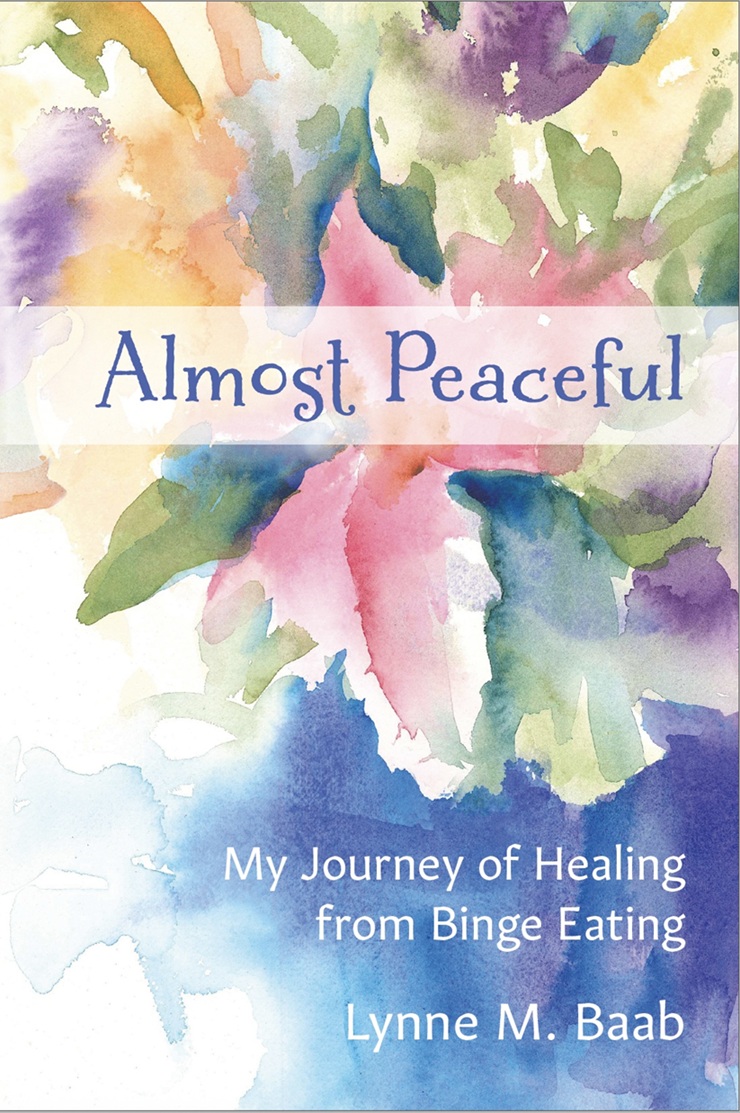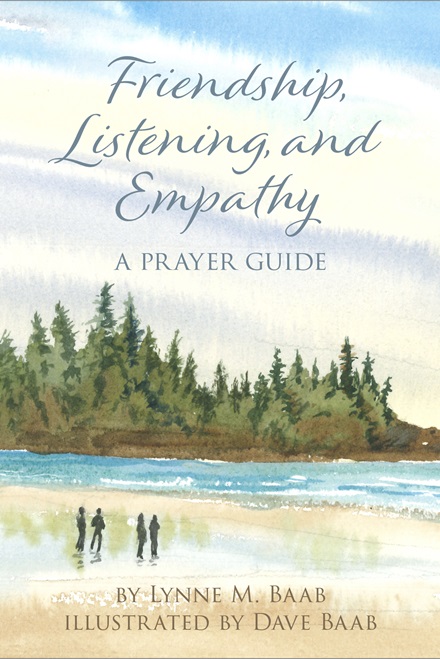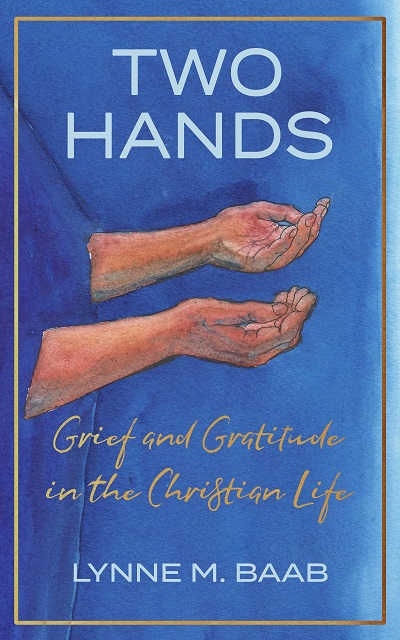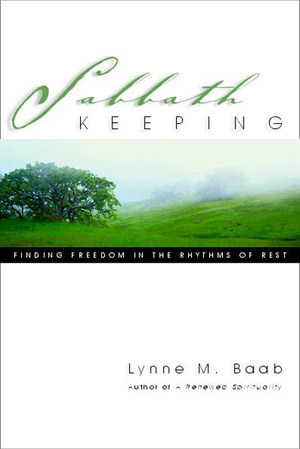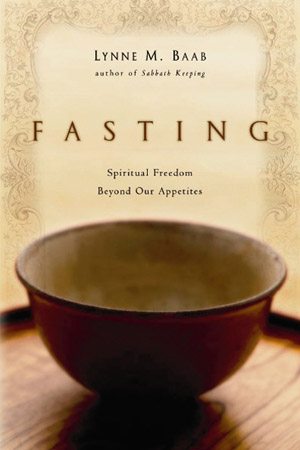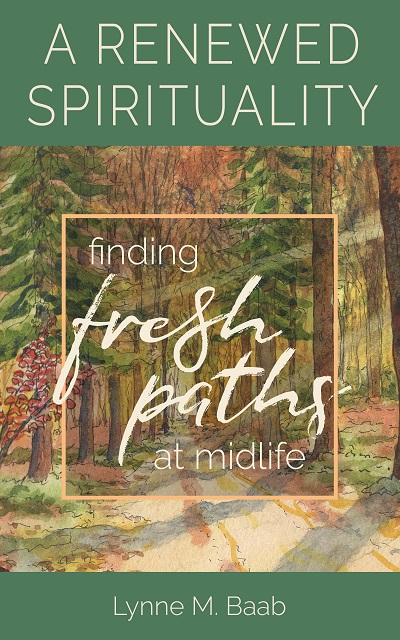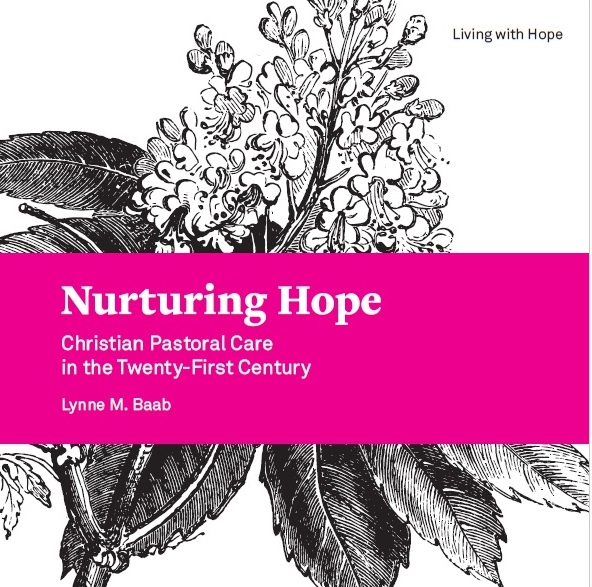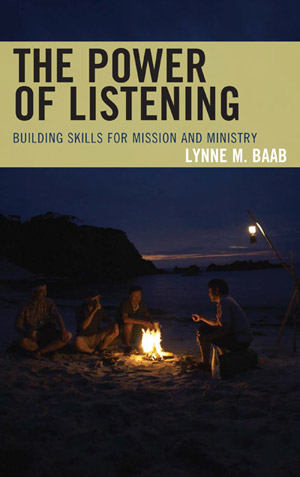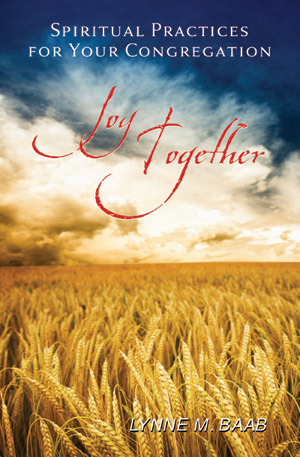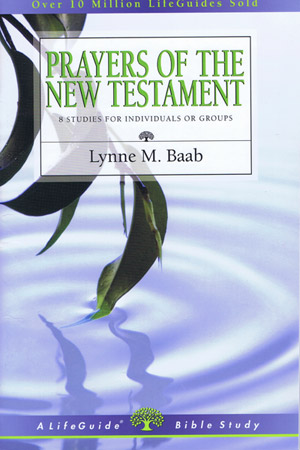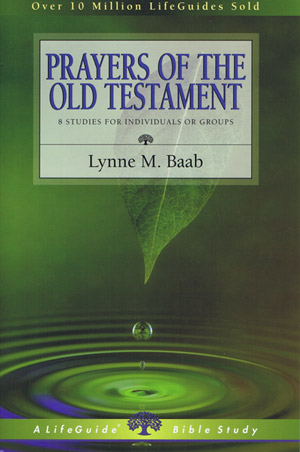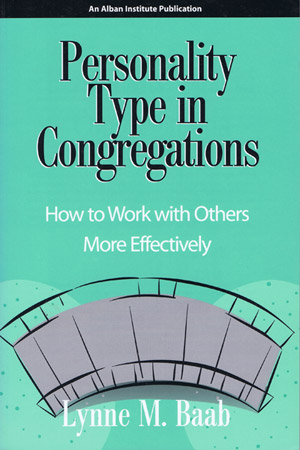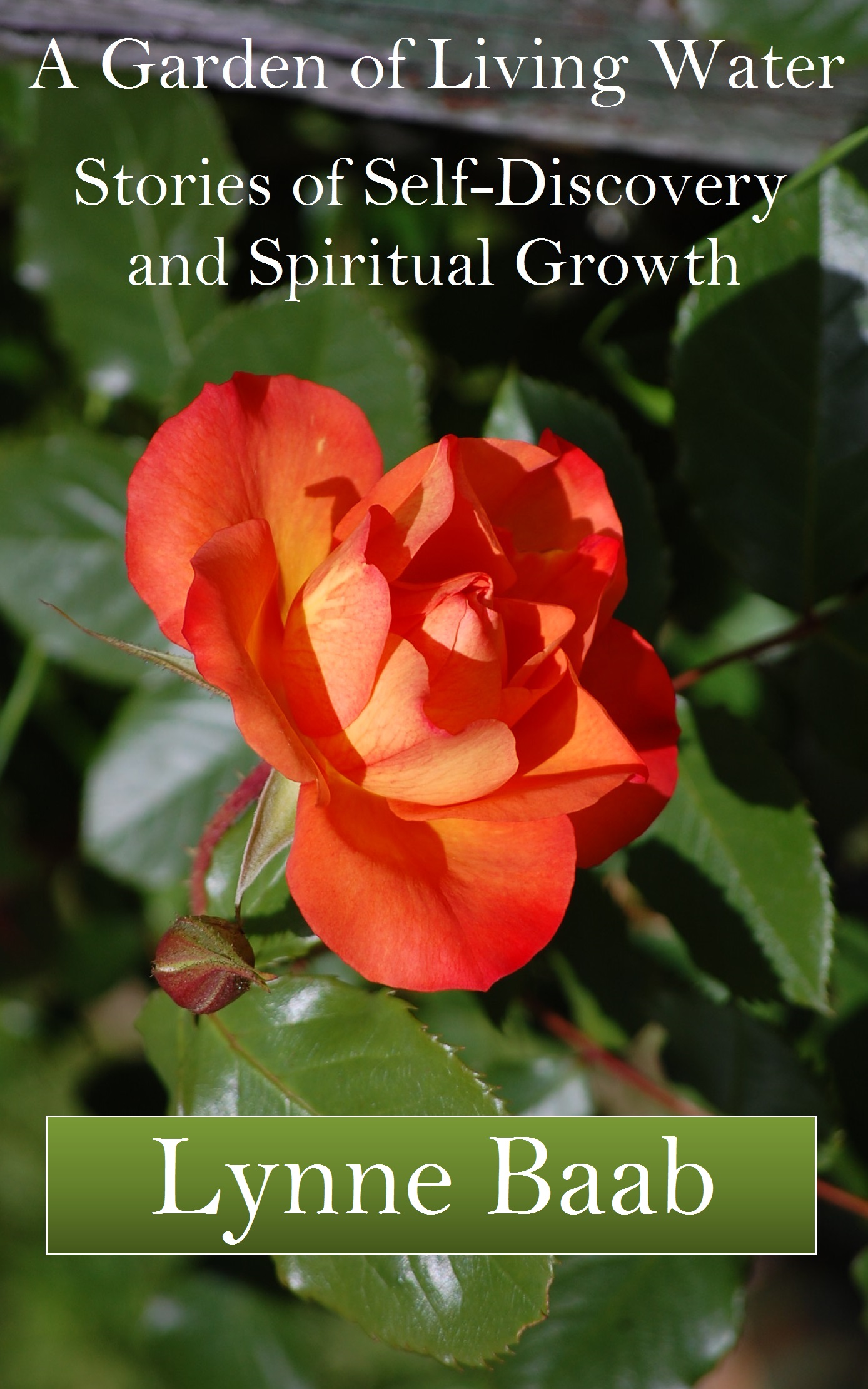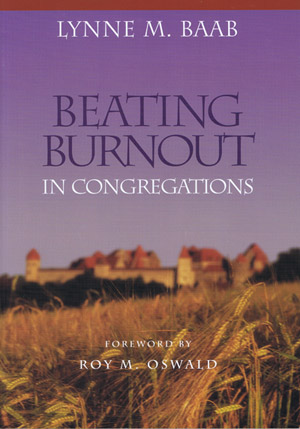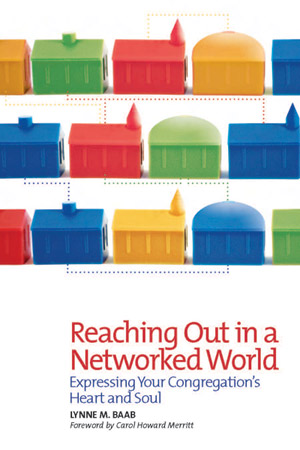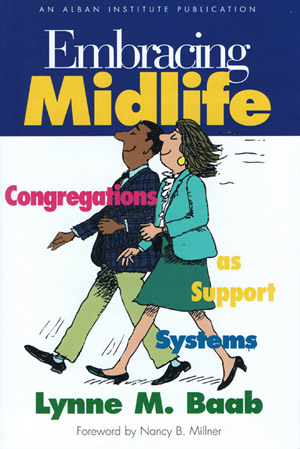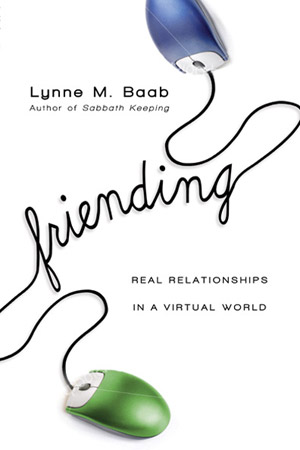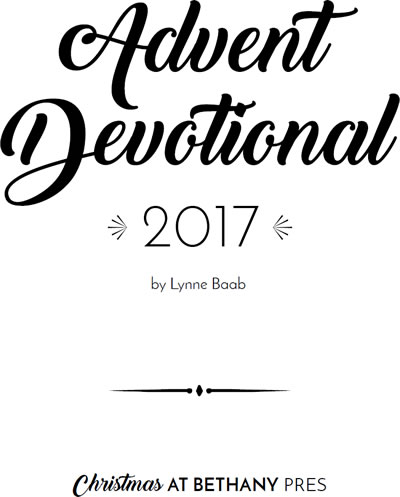Praying about the flow of time: An Emmaus lesson about listening to our bodies
Lynne Baab • Tuesday April 29 2025

Two disciples are walking home after Jesus’s crucifixion. They meet a stranger on the road, and he talks to them about the pattern of God’s work in history. When they invite him into their home to have dinner with them, he breaks the bread, they recognize that he is Jesus, and he vanishes. Reflecting back on the conversation on the road, they say, “Were not our hearts burning within us while he was talking to us on the road, while he was opening the scriptures to us?” (Luke 24:13-35).
Jenna Smith, the director of a Christian youth center in Montreal, has an interesting take on the specific aspect of the story when they say that their hearts were burning. She writes:
“The Emmaus story is often told as an example of scriptural illumination, of the opening of the mind, of spiritual revelation through teaching and discussion. But it also is a story of people who rely on their bodies’ signals to confirm a truth, and an unlikely one at that: the resurrection of their Lord. The disciples listen to their bodies.” [1]
Learning to listen to my body has been a big part of my journey as an adult. As a child, I was encouraged to suppress “negative” emotions. When I read the book Anger: The Misunderstood Emotion in my 30s, I started paying attention to my body when I got angry, and I learned that anger for me shows up first in my stomach, chest, and throat. What a revelation! In my childhood, I was taught not to pay attention to my hunger signals but instead to eat designated amounts of food at designated times. My brother and I were often encouraged to be members of the “clean plate club.” For the past three years, I have been trying “intuitive eating” rather than regimenting what I eat, and it has been a fascinating and healing practice.
I was interested that Jenna Smith opened her article with a story about intuitive eating. She mentions a friend who says to her kids: “Listen to your bodies. . . . Are you actually hungry, or are you just bored?” Smith explains many of the ways that our emotions connect to our bodies: “When we refer to being ‘heartbroken’ or ‘heart-struck’ or when we say our ‘hearts skipped a beat,’ we know these expressions are deeply emotional in nature, and yet they evoke something physical as well. A ‘gut feeling’ is similar: the spirit and body are intertwined in the experience.”
Many Christian communities minimize the significance of the body, instead focusing on spiritual truths and the human soul and spirit. I’m fascinated that so much recent brain research locates our emotions and even our intuitions in our physical bodies. We are unified beings. Our inner being, soul, or spirit — as well as our thoughts and emotions — cannot be separated from our bodies. I love Jesus’s words: “You shall love the Lord your God with all your heart, and with all your soul, and with all your mind, and with all your strength” (Mark 12:30). In other words, love God with your whole, unified self. Many Christians need encouragement to pay attention to our bodies, particularly those of us who have frequently been in settings that put a lot of focus on the “spiritual” or on cognitive understandings of faith.
Smith describes many of the sensory components of the Road to Emmaus story:
“The disciples, on the road to Emmaus, are living out their Easter Day in this weaving of spirit and body. The entire story is steeped in the physical and sensory: the long walk, the burning of their hearts, the touching and breaking of the bread, and the narrative twist of recognition when ‘their eyes were opened’ before Jesus disappears from sight. Interestingly, one of the first things Cleopas and his companion say to the stranger on the road is that the women went to the tomb early that morning but did not find a body.”
She goes on to talk about the bodily experiences in other post-Easter stories:
“The resurrection stories engage with this gift in so many significant ways: not simply in Jesus’ body — scarred, breathing, hungry, and at times unrecognizable — but also in the bodies of those around him. They are invited to place their hands on his wounds, to break bread with him, and to sit with him. They are the companions of Easter, through sight, touch, and taste. This act of incarnation — God made flesh, existing and walking as one of us — lives on in the hope and the revelation of the resurrection. Flesh, with its wounds, fatigue, hunger, breath, and intimacy, is honored and celebrated. This is a lesson not only of intellectual understanding or of spiritual awareness but of embodied action.”
Jesus, you walked with Cleopas and another disciple on the road to Emmaus. Walk with us, we pray, as we try to appreciate and listen to our bodies. We pray that we would be your disciples who love you with our heart, soul, mind, strength, body, emotions, and spirit. We pray we would grow in viewing discipleship as involving embodied action as well as cognitive understanding and spiritual awareness. Thank you for giving us physical bodies and for the many pleasures our bodies give us.
“You knit me together in my mother’s womb.
I praise you, for I am fearfully and wonderfully made.
Wonderful are your works;
that I know very well” (Psalm 139:13-14).
֍ ֍ ֍
Quick links:
- my latest book, Almost Peaceful: My Journey of Healing from Binge Eating
- last year's book, Draw Near: A Lenten Devotional, illustrated with Dave Baab’s beautiful watercolors
- my most popular book, Sabbath Keeping: Finding Freedom in the Rhythms of Rest (audiobook, paperback, and Kindle)
- quick overview of all my books
- more than 50 articles I’ve written for magazines on listening, Sabbath, fasting, spiritual growth, resilience for ministry, and congregational communication
Next week: Another lesson on the road to Emmaus. Illustration by Dave Baab: Kubota Garden bridge, Seattle.
Related posts:
- Embodiment
- Creativity and the body
- Bringing my whole self to the manger
- Advent and Christmas in the Southern Hemisphere: Our Bodies
֍ ֍ ֍
Two ways to subscribe.
If you’d like to receive an email when I post on this blog, sign up below under “subscribe.” That email and the posts on this blog are free and accessible for all.
If you’d like to help me cover the expenses for this blog and website, plus get a bonus post every month, you can subscribe on Patreon for $3 or $6 per month. My bonus posts focus on one or more of the hundreds of vivid quotations I’ve collected over five decades.
Next post »« Previous post
Subscribe to updates
To receive an email alert when a new post is published, simply enter your email address below.
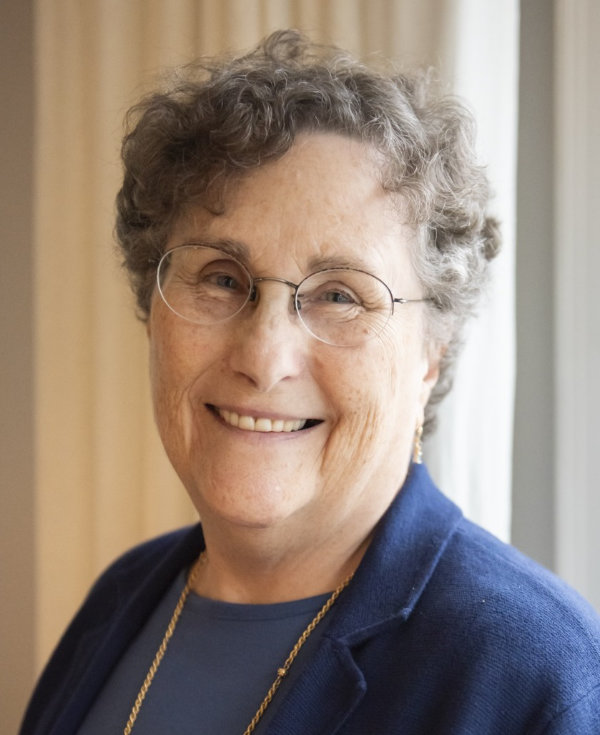
Lynne M. Baab, Ph.D., is an author and adjunct professor. She has written numerous books, Bible study guides, and articles for magazines and journals. Lynne is passionate about prayer and other ways to draw near to God, and her writing conveys encouragement for readers to be their authentic selves before God. She encourages experimentation and lightness in Christian spiritual practices. Read more »
Quick links:
- Two latest books: Draw Near: A Lenten Devotional and Friendship, Listening and Empathy: A Prayer Guide (illustrated with Dave Baab's beautiful watercolors)
- Most popular book, Sabbath Keeping: Finding Freedom in the Rhythms of Rest (audiobook, paperback, and kindle)
- quick overview of all Lynne's books
- more than 50 articles Lynne has written for magazines on listening, Sabbath, fasting, spiritual growth, resilience for ministry, and congregational communication
You can listen to Lynne talk about these topics:
"Lynne's writing is beautiful. Her tone has such a note of hope and excitement about growth. It is gentle and affirming."
— a reader
"Dear Dr. Baab, You changed my life. It is only through God’s gift of the sabbath that I feel in my heart and soul that God loves me apart from anything I do."
— a reader of Sabbath Keeping
Subscribe
To receive an email alert when a new post is published, simply enter your email address below.
Featured posts
- Drawing Near to God with the Heart: first post of a series »
- Quotations I love: Henri Nouwen on being beloved »
- Worshipping God the Creator: the first post of a series »
- Sabbath Keeping a decade later: the first post of a series »
- Benedictine spirituality: the first post of a series »
- Celtic Christianity: the first post of a series »
- Holy Listening »
- A Cat with a Noble Character »
- Welcome to my website »
Tags
Archive
- December 2025 (3)
- November 2025 (4)
- October 2025 (3)
- September 2025 (5)
- August 2025 (4)
-
July 2025 (6)
- Praying about the flow of time: Praying about AND — again
- Praying about the flow of time: Praying for our ordinary lives
- Praying about the flow of time: Wind and water
- Praying about the flow of time: Paying attention to our stories
- What I learned from the past year's blog posts
- First post in a new series: Journey
- June 2025 (4)
- May 2025 (4)
- April 2025 (4)
- March 2025 (5)
- February 2025 (4)
- January 2025 (5)
- December 2024 (3)
-
November 2024 (5)
- Praying about the flow of time: Small actions with big benefits
- Praying about the flow of time: The overlap of the sacred and the ordinary
- Praying about the flow of time: The joy of the kingdom of God
- Praying about the flow of time: Advent can be confusing
- Praying about the flow of time: Why Jesus had to come
-
October 2024 (5)
- Praying about the flow of time: Rosh Hashanah, the Jewish New Year
- Praying about the flow of time: A month of celebrating renewal and moral responsibility
- Praying about the flow of time: The Feast of Tabernacles calls us to stay fluid and flexible
- Praying about the flow of time: Daily rhythms of prayer
- Praying about the flow of time: All Hallows Eve and All Saints Day
- September 2024 (3)
- August 2024 (5)
- July 2024 (3)
- June 2024 (5)
- May 2024 (5)
- April 2024 (4)
-
March 2024 (5)
- Friendship, loneliness, and prayer: Praying about distractions from empathy
- Friendship, loneliness, and prayer: Praying to keep empathy flowing
- Friendship, loneliness, and prayer: Everyday initiative
- Friendship, loneliness, and prayer: Praying for guidance for ending conversations
- Friendship, loneliness, and prayer: Reflecting on the series
- February 2024 (4)
- January 2024 (2)
-
December 2023 (6)
- Friendship, loneliness, and prayer: Initiating
- Friendship, loneliness, and prayer: Praying about listening roadblocks
- Friendship, loneliness, and prayer: Praying to love the poverty in our friends
- Friendship, loneliness, and prayer: Praying for “holy curiosity”
- Friendship, loneliness, and prayer: Praying for “holy listening”
- Friendship, loneliness, and prayer: Praying to give affection extravagantly
- November 2023 (4)
-
October 2023 (5)
- Friendship, loneliness and prayer: A listening skill with two purposes
- Friendship, loneliness, and prayer: Saying “thank you” to friends
- Friendship, loneliness, and prayer: One more way reflecting helps us
- Friendship, loneliness, and prayer: Lessons from two periods of loneliness
- Friendship, loneliness, and prayer: Types of reflecting, a listening skill
- September 2023 (4)
- August 2023 (4)
- July 2023 (5)
- June 2023 (3)
- May 2023 (6)
- April 2023 (4)
- March 2023 (4)
- February 2023 (4)
- January 2023 (4)
- December 2022 (5)
- November 2022 (1)
- October 2022 (5)
- September 2022 (5)
-
August 2022 (6)
- Draw near: Confessing sin without wallowing
- Draw near: A favorite prayer about peace, freedom, and much more
- Drawing near with Desmond Tutu: God’s love is the foundation for prayer
- Draw near: Worshipping God with Desmond Tutu
- Draw near: Yearning, beseeching and beholding with Desmond Tutu
- Draw near: Praising God with Desmond Tutu
- July 2022 (2)
- June 2022 (6)
- May 2022 (5)
- April 2022 (6)
- March 2022 (5)
- February 2022 (4)
- January 2022 (3)
- December 2021 (5)
- November 2021 (4)
- October 2021 (5)
- September 2021 (4)
- August 2021 (4)
- July 2021 (4)
- June 2021 (4)
- May 2021 (4)
- April 2021 (5)
- March 2021 (4)
- February 2021 (4)
- January 2021 (4)
- December 2020 (5)
- November 2020 (3)
- October 2020 (5)
- September 2020 (4)
- August 2020 (4)
- July 2020 (5)
- June 2020 (4)
-
May 2020 (4)
- Spiritual diary of sheltering in place: The lifeline of separating thoughts from feelings
- Spiritual diary of sheltering in place: The lifeline of welcoming prayer
- Spiritual diary of sheltering in place: a kite string as a lifeline
- Spiritual diary of sheltering in place: The lifeline of God’s distant future
-
April 2020 (7)
- Spiritual diary of self-isolation: the lifeline of God’s constancy
- Spiritual diary of sheltering in place: The lifeline of accepting my place as a clay jar
- Spiritual diary of sheltering in place: the lifeline of memories
- Spiritual diary of sheltering in place: the lifeline of “Good” in “Good Friday”
- Spiritual diary of sheltering in place: The lifeline of “easier does not mean easy”
- Spiritual diary of sheltering in place: The lifeline of nature
- Spiritual diary of sheltering in place: the lifeline of God’s voice through the Bible
-
March 2020 (7)
- Important anniversaries in 2020: The first Earth Day in 1970
- Important anniversaries in 2020: Florence Nightingale was born in 1820
- Spiritual diary of self-isolation: Weeks 1 and 2
- Spiritual diary of self-isolation: God's grace as a lifeline
- Spiritual diary of self-isolation: The lifeline of limits on thoughts
- Spiritual diary of self-isolation: Wrestling with God for a blessing
- Spiritual diary of self-isolation: Responding to terror by listening to Jesus voice
- February 2020 (4)
- January 2020 (5)
- December 2019 (4)
- November 2019 (4)
- October 2019 (5)
- September 2019 (4)
- August 2019 (5)
- July 2019 (4)
- June 2019 (4)
- May 2019 (5)
- April 2019 (4)
- March 2019 (4)
- February 2019 (4)
-
January 2019 (5)
- Nurturing friendships in a cellphone world: Jesus as Friend
- Nurturing friendships in a cellphone world: Friendship with Christ and friendship with others
- Nurturing friendships in a cellphone world: Who is my neighbor?
- Nurturing friendships in a cellphone world: Friendship as action
- Nurturing friendships in a cellphone world: Hymns that describe friendship with God
- December 2018 (3)
-
November 2018 (5)
- Connections between the Bible and prayer: Sensory prayer in Revelation
- First post in a new series: Nurturing friendships in a cellphone world
- Nurturing friendships in a cellphone world: Strong opinions and responses
- Nurturing friendships in a cellphone world: My conversation partners about friendship
- Nurturing friendships in a cellphone world: Two views about communication technologies
- October 2018 (4)
- September 2018 (4)
-
August 2018 (5)
- Providing Christian Care in Our Time
- Providing Christian care in our time: Seven trends in pastoral care today
- Providing Christian Care in Our Time: Skills for Pastoral Care
- Providing Christian care: The importance of spiritual practices
- First post in a new series: Connections between the Bible and prayer
- July 2018 (4)
- June 2018 (4)
- May 2018 (5)
- April 2018 (4)
- March 2018 (5)
- February 2018 (4)
- January 2018 (4)
- December 2017 (5)
- November 2017 (4)
- October 2017 (4)
- September 2017 (5)
- August 2017 (4)
- July 2017 (4)
- June 2017 (4)
-
May 2017 (5)
- My new spiritual practice: Separating thoughts from feelings
- My new spiritual practice: Feeling the feelings
- My new spiritual practice: Coping with feelings that want to dominate
- My new spiritual practice: Dealing with “demonic” thoughts
- My new spiritual practice: Is self-compassion really appropriate for Christians?
- April 2017 (4)
- March 2017 (5)
- February 2017 (4)
- January 2017 (4)
- December 2016 (5)
- November 2016 (4)
- October 2016 (4)
- September 2016 (5)
- August 2016 (4)
- July 2016 (4)
- June 2016 (4)
- May 2016 (5)
- April 2016 (4)
- March 2016 (5)
- February 2016 (4)
- January 2016 (4)
- December 2015 (4)
- November 2015 (4)
- October 2015 (5)
- September 2015 (4)
- August 2015 (4)
- July 2015 (4)
- June 2015 (4)
- May 2015 (4)
- April 2015 (6)
- March 2015 (4)
- February 2015 (4)
- January 2015 (4)
- December 2014 (5)
- November 2014 (4)
- October 2014 (4)
- September 2014 (4)
- August 2014 (5)
- July 2014 (4)
- June 2014 (7)

